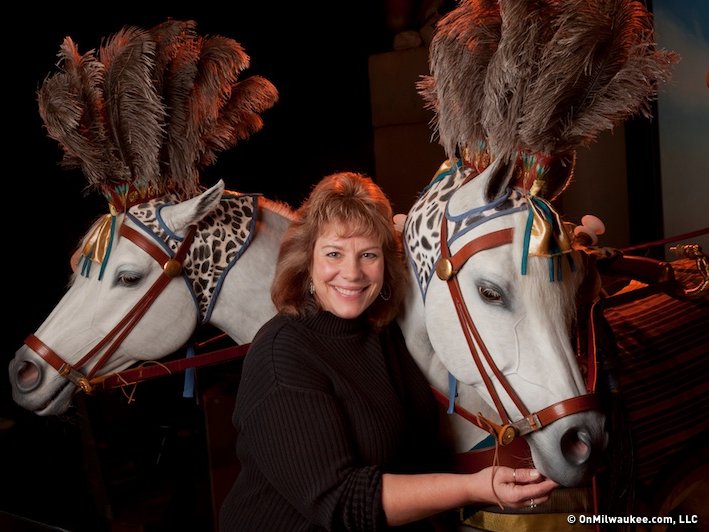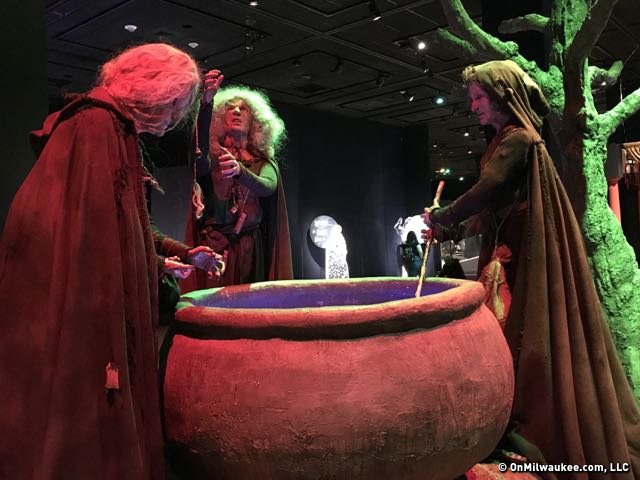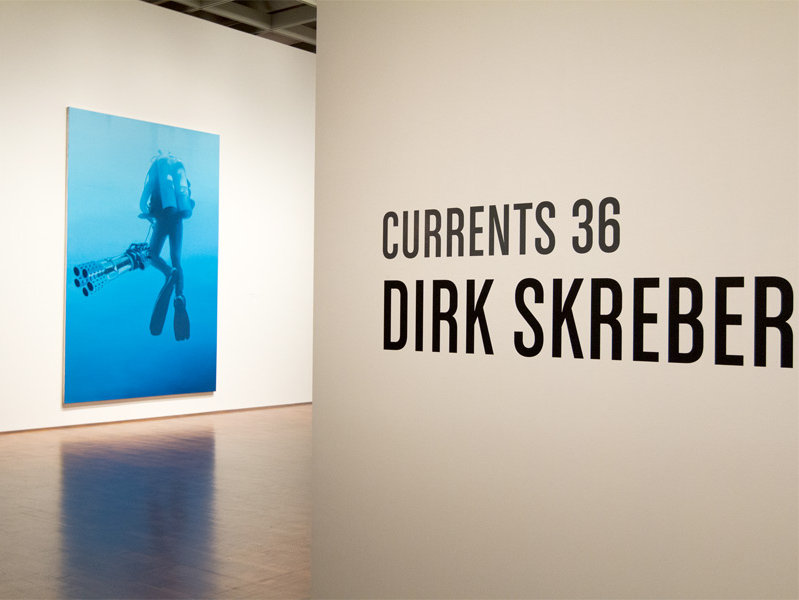By the age of 12, Wendy Christensen knew she wanted to be a taxidermist.
"I was destined to be a taxidermist. I always loved animals and it broke my heart to see them dead on the side of the road. I wanted to make them life-like again and enjoy them like when they were still alive," says Christensen.
Hence, the pre-teen, who lived in Hales Corners at the time, took a mail correspondence taxidermy class that taught her how to taxidermy a pigeon. It was tough terminology, but she figured it out and was enchanted with the process.
At 15, Christensen worked for a local taxidermist – whom she later married – and at the young age of 17 applied for a full-time job at the Milwaukee Public Museum (MPM) as a taxidermist / artist along with 19 other taxidermists / artists.
The rigorous application process took 18 months and required applicants to submit three wildlife sculptures (one life-sized), three wildlife paintings, three wildlife sketches, three bird and beak paintings, three bird mounts, three fish mounts, three fish reproductions and three mammal mounts.
Christensen got the job in 1982 – she was 18 years old – and has worked on every MPM exhibit since. Her work has won numerous awards, including world champion at The World Taxidermy Championships.
She is best known for her 2007 reconstruction work of Samson, the beloved gorilla who lived at the Milwaukee County Zoo and died in 1981 from a heart attack.
Most recently, Christensen created King Tutankhamun’s Arabian horses for the new "Crossroads of Civilization," a new exhibit that will open in the Milwaukee Public Museum on March 15.
"Crossroads" is the MPM’s first new permanent exhibition in more than a decade and offers a glimpse of ancient Asia, Africa and Europe, spanning over 5,000 years, as societies grew and developed architecture, communication, social activities, belief systems, complex economies and military tactics.
King Tutankhamun – better known as "King Tut" – is believed to have died in 1326 BC at the age of 19. The new exhibit includes the king – created by Craig Yanek, museum sculptor and supervisor of artistic production – in a war chariot that’s pulled by Christensen’s realistic, life-sized horses.
Through research, Christensen learned that Tut’s horses would have been smaller – more the size of a modern pony – and looked different from today’s Arabian horses which have been bred to have slender muzzles, "dished-out" foreheads and wide-spread eyes. (Arabian horses always had these features, but they are more pronounced in the modern animals.)
Christensen worked with experts in the field of ancient horses and chariots and also visited a horse farm with an Arabian horse. She took more than 100 measurements of the horse and then, through research and information from experts, figured out how much she had to scale down her horse mannequins to serve as the main forms for the project.
"There is only one commercially available horse mannequin and it was much larger and blockier than the horse I was creating," says Christensen. "The Arabian I measured is considered small, but I still had to dow size my Arabians by four percent."
This, Christensen says, was the most challenging aspect of the project – making sure the proportions were accurate.
"As a taxidermist, I usually work with real skin and real animals, but since the king realistically would have had two perfectly matched, male Arabians, we knew the chances of two being available wouldn’t happen, and of course we would never kill any animals for our exhibits, so we used the mannequins," she says.
After cutting the horses to the accurate size, Christensen poured liquid foam on them and then carved muscles and veins into the surface. She used real horse hair – obtained from deceased gray horses – and implanted the tails, manes, eyelashes, whiskers and ear hair by hand using only one to three hands strands at a time.
"The horses' eyes were custom made from a company in Pennsylvania that makes glass eyes for the taxidermy industry," she says.
Christensen says she is particularly proud of the inside of the horse’s noses. She painted egg cartons pink and veiny and then inserted them inside the nostrils.
"Maintenance (department at the museum) made a tool so I could implant the illusion of cartilage in their nostrils," she says. "If the light is right, you can look in their nostrils and see the light through them, just as you could in real life."
Christensen says she informally named the horses "Happy" and "Sassy" and, although she ultimately decided against it, considered adding horse poop to the display.
"I did, however, just add owl poop to a display," she says.
Christensen, who excels in the recreation of mammals, says recreating horses is a dream come true for her. She has had many pets in her life – she currently has a dog and two cats – but her all-time favorite pet was a horse named Scirocco.
"I absolutely love horses," she says. "I had horses for a good portion of my life and when I got the chance to recreate them I really wanted to capture their softness."
Molly Snyder started writing and publishing her work at the age 10, when her community newspaper printed her poem, "The Unicorn.” Since then, she's expanded beyond the subject of mythical creatures and written in many different mediums but, nearest and dearest to her heart, thousands of articles for OnMilwaukee.
Molly is a regular contributor to FOX6 News and numerous radio stations as well as the co-host of "Dandelions: A Podcast For Women.” She's received five Milwaukee Press Club Awards, served as the Pfister Narrator and is the Wisconsin State Fair’s Celebrity Cream Puff Eating Champion of 2019.







